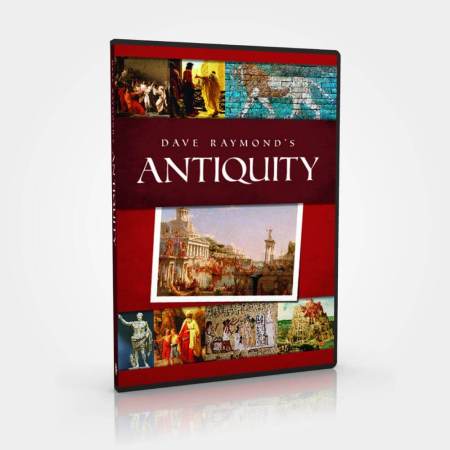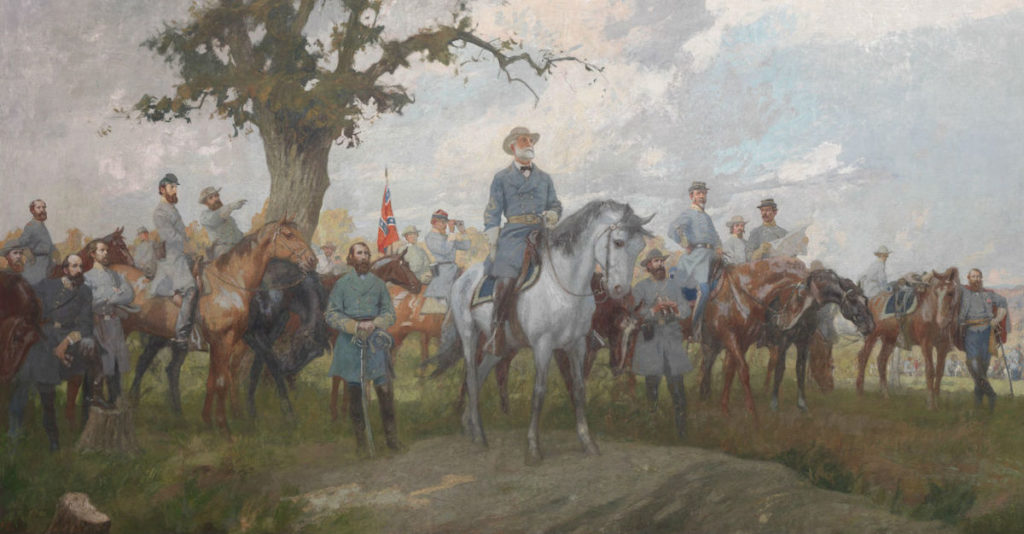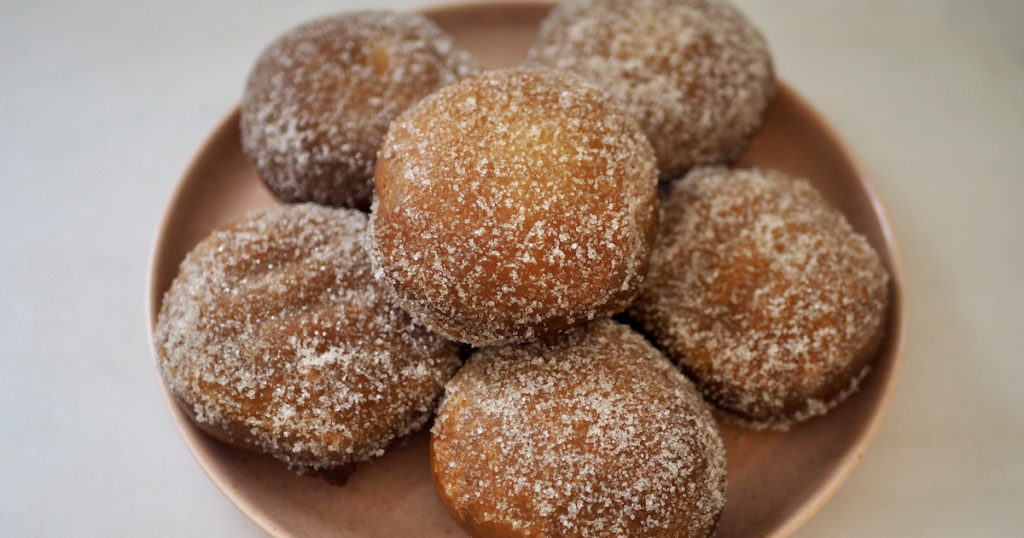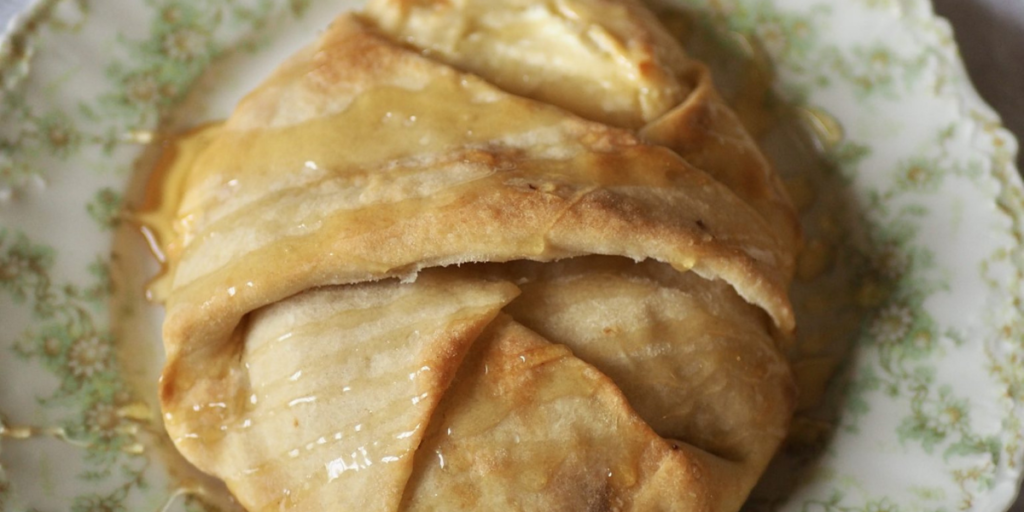
Roman Cheesecake | Recipes from Ancient History
Week 24 of Dave Raymond’s Antiquity course, covers “Crossing the Rubicon: The Fall of the Republic” Instead of cookbooks full of Roman Cheesecake recipes, Romans passed down their recipes by word of mouth and through stories, sometimes in unusual ways.
Most Roman recipes are passed down to us through poetry. Virgil, Cato, and other Roman poets would incorporate the recipes as part of their stories or depart from their poem and simply write the entire recipe verbatim. While this is very helpful to understand what the ancient Romans ate, there are mistakes that have been made in the recipes (after all, the poets probably didn’t do a lot of cooking) and there has to be some trial and error in recreating the recipes today. Such recipes, like Cato’s libum (or cheesecake) don’t have the right measurements written down so cooks and historians have had to figure out the correct quantities of ingredients.
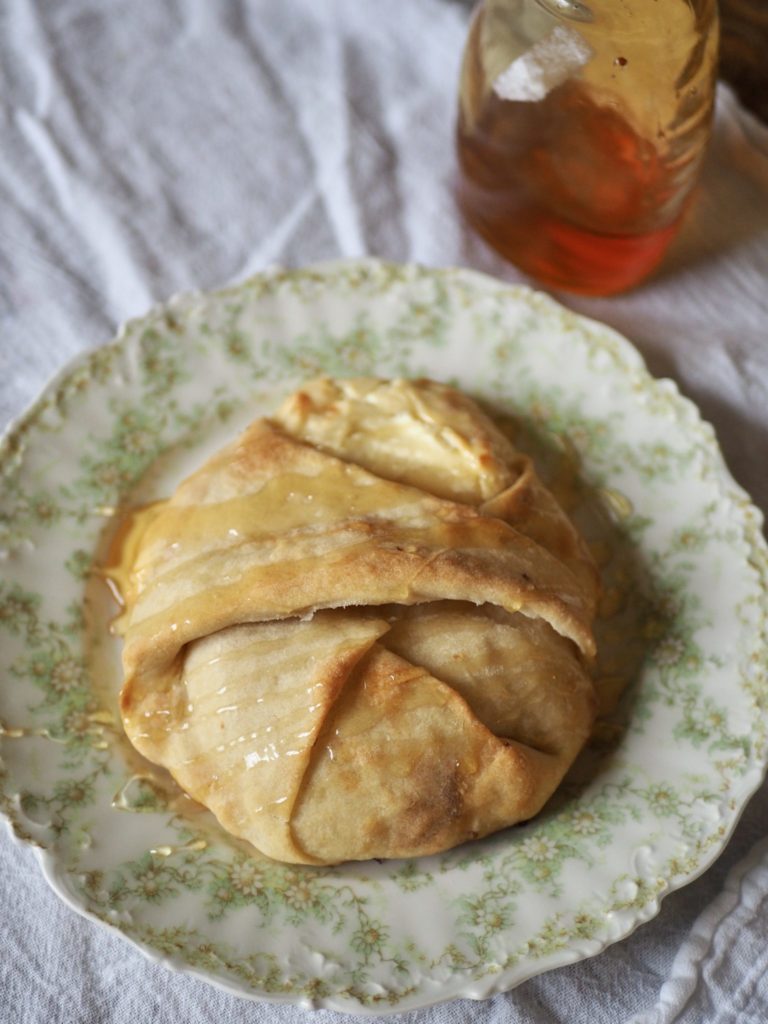
*This Roman Cheesecake recipe is based off of a libum recipe from The Classical Cookbook, which adapts recipes from their original source. When I followed the recipe the cake turned out well but I found it to be very bland. I’ve added some ingredients into the following recipe that should give the cheesecake more flavor, but I’ve put a star next to them if you want to make the original recipe.
Roman Cheesecake
- 1/2 c. Semolina
- Cold water
- 1 1/4 c. Flour
- 8 oz. ricotta or cream cheese
- 3 tbsp. Honey
- 1 tbsp. Lemon juice*
- 1/8 c. + 4 tbsp. Sugar, divided*
- In a small bowl mix together semolina and just enough water to cover it. Let sit 1 hour. In separate bowl combine 3/4 c. flour and about 1-2 tbsp water, just enough to create a dough. Set aside.
- Strain the semolina and try to remove as much water as possible. Add in 1/4 c. flour and 4 tbsp. sugar and knead to create a dough. If it is too wet add more flour a tablespoon at a time. Divide dough into six pieces and roll into thin discs on a lightly floured surface. With a cookie cutter or wine glass cut out six circles and place on un-greased cookie sheet. Preheat oven to 250 F and cook discs 15-20 minutes, until the discs are dry.
- On a lightly floured surface roll out the flour mixture into a large circle, about 12-15 inches circumference. The dough should be very thin, about 1/8” or less. Take a large baking sheet, grease with olive oil, and place the flour dough on it.
- In a small bowl mix together the ricotta cheese, lemon juice, honey, and 1/8 c. sugar. In the middle of flour dough place about 2 tbsp. ricotta mixture, then place a semolina disc on top. Repeat until the ricotta mixture and semolina discs are used up, finishing with a disc. There should be plenty of dough surrounding the cheese-pastry stack. Taking the edge of the circle farthest to you, gently fold it over the cheese mixture. Take the right edge of the dough and fold it over the cheese mixture, then the bottom-right edge, and continue until there is no dough left and the cheese mixture is covered. Bake in 425 F oven for 18-23 minutes until cheesecake is golden brown on top and bottom. Remove from oven, place on plate and drizzle with honey.

